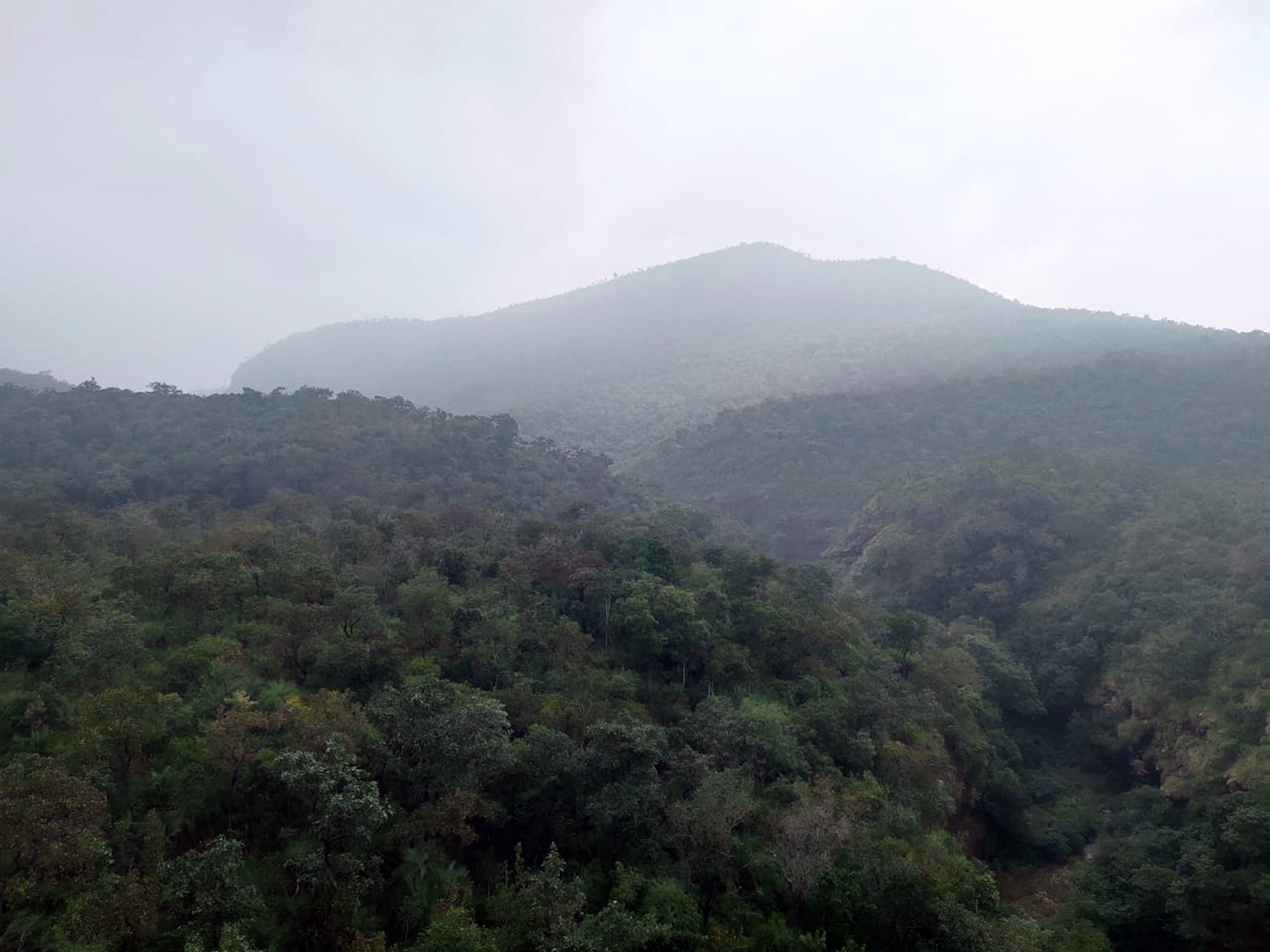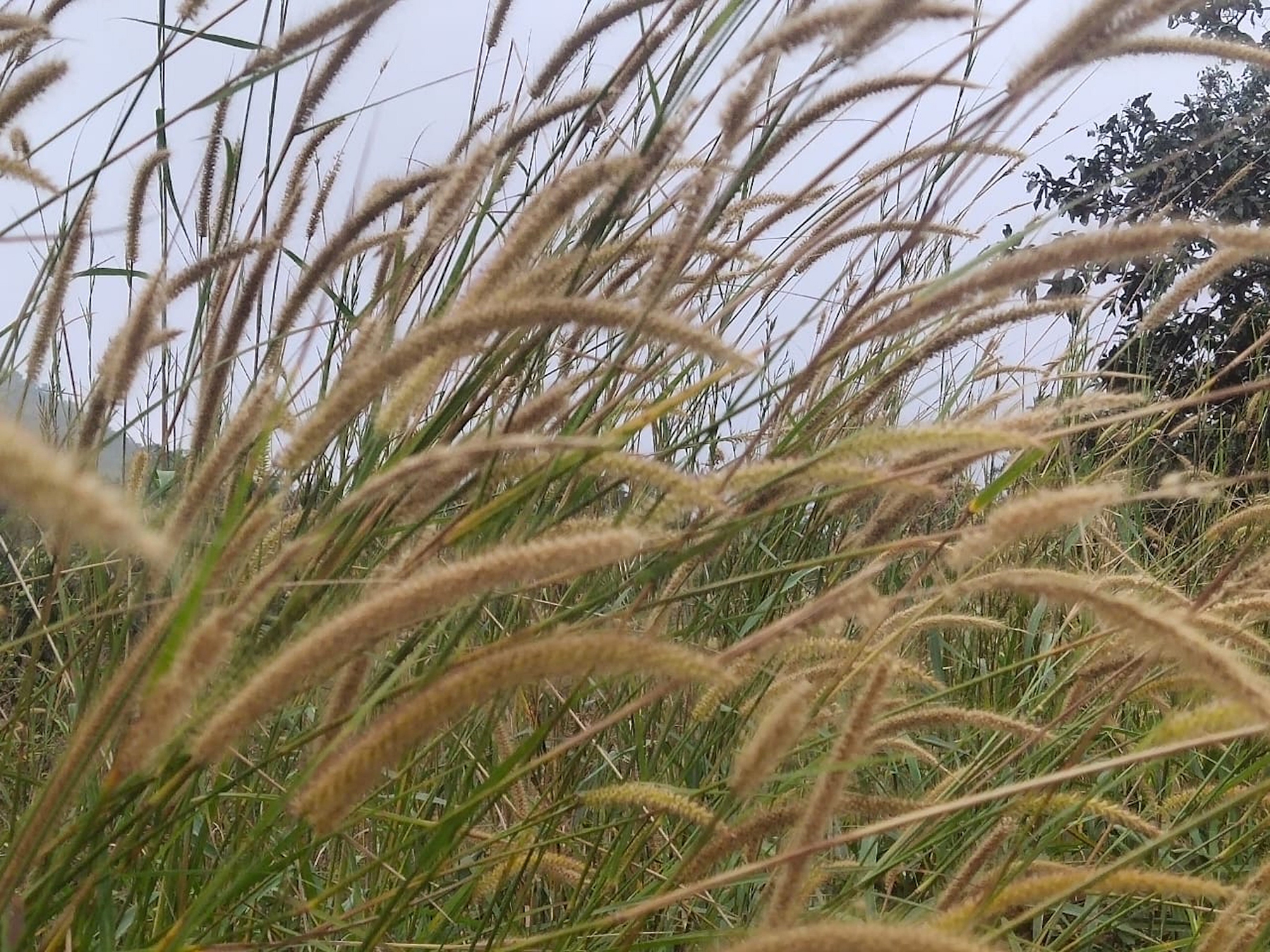
Invasive plant species wreaks havoc in hills home to Tirupati Lord Balaji
An exotic plant species introduced amidst fanfare in the early 1980s in Seshachalam Hills, home of Lord Balaji and the first biosphere reserve in Andhra Pradesh, is now adversely affecting flora and fauna in the region, particularly birds and bees. Called Acacia auriculiformis, it has disturbed the delicate ecological balance in the Eastern Ghats in Chittoor, Kadapa and Nellore districts

An exotic plant species introduced amidst fanfare in the early 1980s in Seshachalam Hills, home of Lord Balaji and the first biosphere reserve in Andhra Pradesh, is now adversely affecting flora and fauna in the region, particularly birds and bees. Called Acacia auriculiformis, it has disturbed the delicate ecological balance in the Eastern Ghats in Chittoor, Kadapa and Nellore districts.
Officials now regret introducing the species – a fast-growing, crooked, gnarly tree in the family Fabaceae, native to Australia, Indonesia and Papua New Guinea – to the biosphere in a bid to afforest denuded forest tracts.
Also read: 2.4 lakh subsidised Tirupati laddus sold in Andhra Pradesh on day-one
Acacia auriculiformis has affected the soil acidity, thereby preventing other plants to thrive. With no edible fruit, it does not attract birds or bees, thus affecting pollination.
Officials now plan to replace Acacia auriculiformis with native species to restore balance.
The biosphere is important as it is home to several endemic plants, including red sanders (red sandalwood) and Cycas. While red sanders is a protected species, Cycas beddomei has been thriving since the age of the dinosaurs. These two species are only found in India.


Acacia auriculiformis grows fast and does not consume a lot of water. It grows even on rocky patches as well in deserts, critically disturbing other flora, fauna and aves. The exotic trees are of short rotation and attain quick maturity. Once they become dry, the combustible load increases.
Biologists, in partnership with the Andhra Pradesh Biodiversity Board, recently carried out a study and submitted their findings to the temple board.
According to the findings of the expert team, since the introduction of the invasive species, 76 creepers and 49 plant species have joined the endangered list, resulting in adverse impact on greenery, ecology and wildlife of Tirumala.
Acacia auriculiformis was grown in about 890 hectares in the Tirumala Seshachala forest cover. It is the fastest growing species after bamboo and has no wind tolerance because of its lateral roots. Its Ph value ranges between 4.4 and 4.5. Because of this high acidity, no other plants germinate beside it.
No animal or bird can feed on Acacia auriculiformis. Even honeybees cannot transport the nectar from its pollen.
Seshachalam is home to large reserves of precious red sanders. In 2010 it was designated a biosphere reserve. Red sandalwood has medicinal values and is also used in Hindu rituals.


